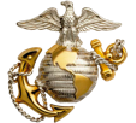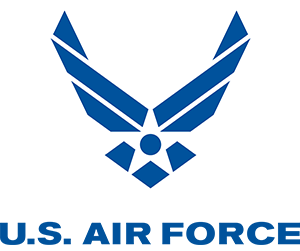Service Branches
Work Environment
Dermatologists work in hospitals and clinics on land and aboard ships.
-
Military Status
Officer
-
Median Military Salary This is the median, or the midpoint, of the salary range for this career.
$131,110
Military Salary Range Salary varies based on years of service, degree level, special pays, family status and location.
$64,214 - $352,123
Overview
Dermatologists examine the affected area of the skin to determine the nature of the disease or injury. They perform diagnostic services, and determine requirements for additional testing. They evaluate test and examination results, and prescribe and administer treatment.
Military Training
Officers typically enter the Military after they have completed a four-year college degree; enlisted service members can transition to officer positions through a variety of pathways and earn a degree while serving. Job training for dermatologists primarily consists of on-the-job learning in various training environments. Scholarships for advanced medical training are available in return for an obligated period of military service. Qualifying students benefit through unique training experiences and get to attend certain military short courses designed to develop tactical, technical and operational skills unique to the military environment. Like other officers working in healthcare, they complete a comprehensive training program covering responsibilities, orientation to military structure, healthcare and etiquette, traditions, and leadership development. Job-specific training content may include:
- Team Strategies and Tools to Enhance Performance and Patient Safety/TeamSTEPPS® Essentials and Fundamentals
- Mishap Investigation and Prevention
- Operational Aeromedical Problems
- Senior Leadership
- Joint Operations Medical Management
Helpful Attributes
- Ability to express ideas clearly and concisely
- Desire to help others
- Professionalism
- Interpersonal and communication skills
- Curiosity
- Decision-making and integration skills
- Interest in work requiring accuracy and attention to detail
More careers in this field
See all












